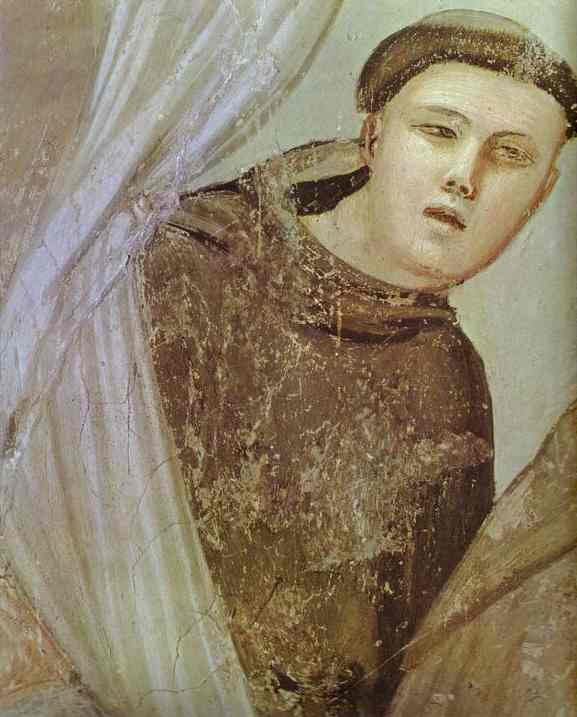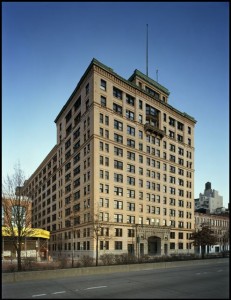Vasari on Giotto
Vasari’s The Lives of the Artists is an amazingly readable book, full of lore and wonderful detail about particular painters, even though it was published nearly five centuries ago. The author’s voice is as alive and vivid as a contemporary writer’s, and his enthusiasm for his subjects seems as if it ought to be a model for all art criticism, especially now. He wrote about human beings, in terms any commonly educated reader could grasp, and it’s clear why the reader should love the work he described. He wrote about what he admired, and his appreciation for the art he saw around him was boundless. The preface, amusingly, says that “in some respects Vasari’s vocabulary is limited. For example, he employs the adjective beautiful over and over again, much to the despair of all his translators.” It sounds less like a limit to his vocabulary than a sign that he adhered to the highest standards in what he treasured about art. There’s something ingenous and innocent in that little fact that he kept calling attention to the beauty of the work; it’s endearing. Tough luck for his translators, I guess, but great news for anyone interested in the Italian Rennaisance.
I ordered a used paperback of this book because I was eager to read about Giotto as much as any of the other painters in his dozens of biographical stories. I’ve always considered Giotto an austerely religious genius who initiated naturalistic depiction of individual human beings in Western painting. Instead, what seemed to emerge, while reading Vasari, was that Giotto advanced the depiction of the human figure as a necessity for conveying the reality of a human being’s inner life. He managed to show extreme human emotion in figures which lie somewhere between flat Byzantine icons and the full realism of the later Rennaissance. His work was almost exclusively devoted to Christian subjects, so when I came to learn how worldly he was, and how witty, it took some getting used to. He was a smooth, charming, totally at ease with anyone. His skills were legendary.
Vasari considers great draftsmanship as the foundation of visual art, a way of capturing More

